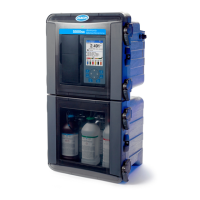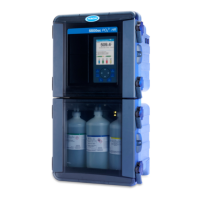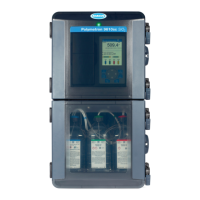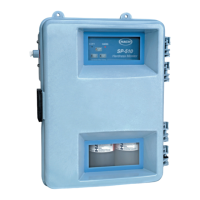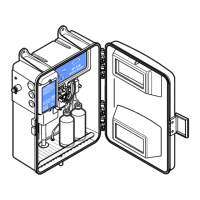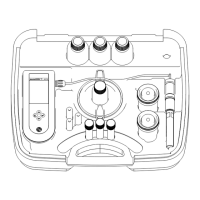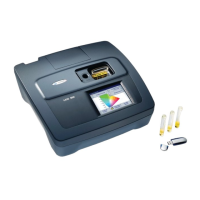• Sample pressure: minimum 0.14 bar (2 psi)
Note: The maximum pressure is regulated by a pressure regulator at 0.28 bar (4 psi).
• Minimum flow: 55 mL/minute
8. Push enter to confirm.
9. When prompted, make sure that the reagent bottles are full and confirm with YES.
10. When prompted, make sure that the standard bottles are full and confirm with YES.
11. Reagent 1 has a known effect on the measurement value. The value attributed to this effect is
printed on the bottle as a BLANK value. When prompted, enter this value.
Note: The analyzer setup does not configure relays, outputs, network cards, calculations or calibration parameters.
Refer to Calibration on page 17 for configuration information for calibration parameters. Refer to Configure the
outputs on page 11 for configuration information for relays, outputs or network cards. Refer to Set up the
calculation on page 10 to setup calculations.
Configure the sequencer (optional)
Option only available for the multi-channel version of the analyzer.
1. Select SETUP SYSTEM>CONFIGURE SEQUENCER.
Option Description
ACTIVATE
CHANNELS
Starts or stops measurements for individual sample sources. Use the UP and DOWN
navigation keys to scroll through the channels. Deselect a channel with the LEFT
navigation key. Push enter to confirm.
Note: Inactive channels are shown with a "~" character before the channel name on all
displays.
SEQUENCE
CHANNELS
Sets the measurement order of the sample sources. Use the UP and DOWN navigation
keys to scroll through the sequence. For each sequence number use the LEFT and
RIGHT navigation keys to select a channel. Push enter to confirm.
Calibrate the analyzer
N O T I C E
The manufacturer recommends calibration of the analyzer after 1 day of operation to allow all system components
to stabilize.
Refer to Calibration on page 17 to start a calibration.
Operation
W A R N I N G
Potential fire and explosion hazard. This equipment is intended for only aqueous type samples. Use with
flammable samples can result in a fire or explosion.
C A U T I O N
Chemical exposure hazard. Obey laboratory safety procedures and wear all of the personal protective
equipment appropriate to the chemicals that are handled. Refer to the current safety data sheets
(MSDS/SDS) for safety protocols.
When the lower door is opened, the current measurement or calibration is stopped. When the lower
door is closed, the previous measurement or calibration starts again.
English
7
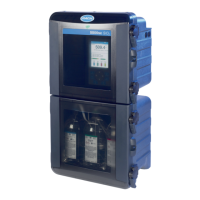
